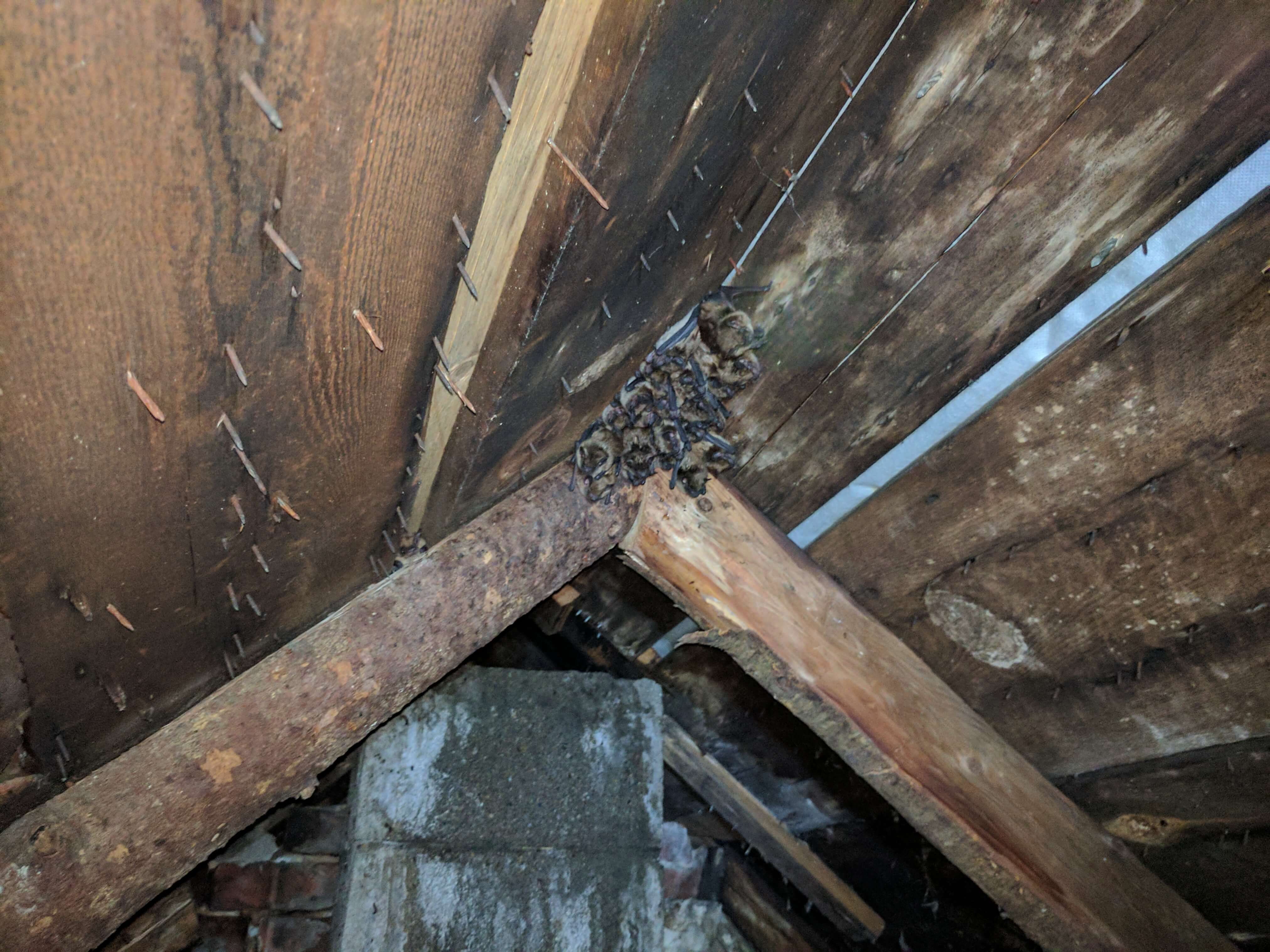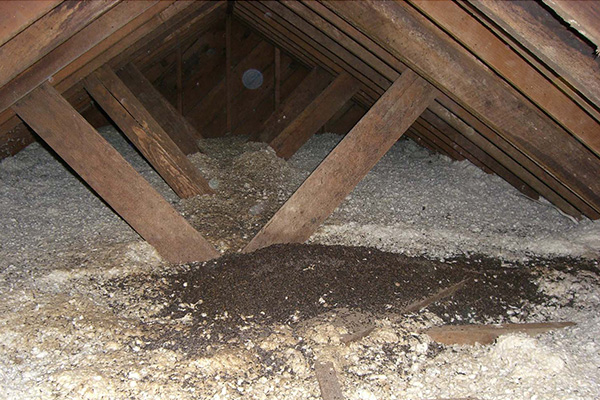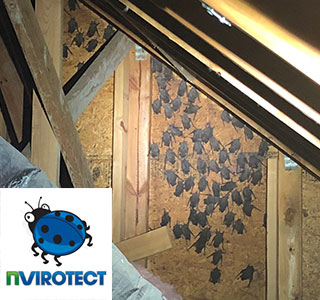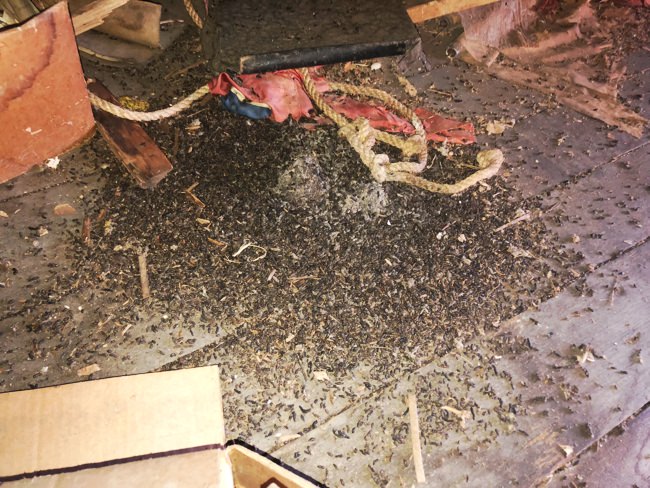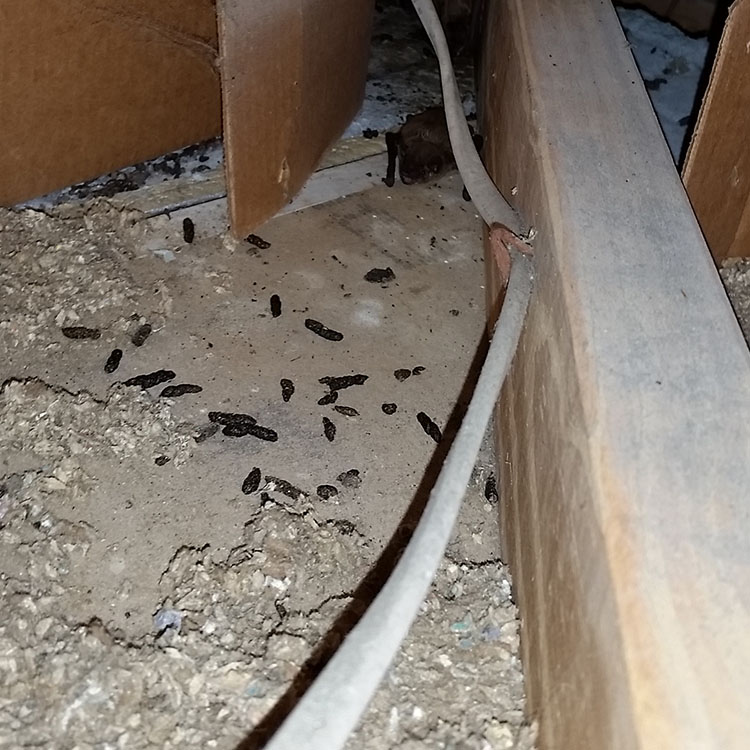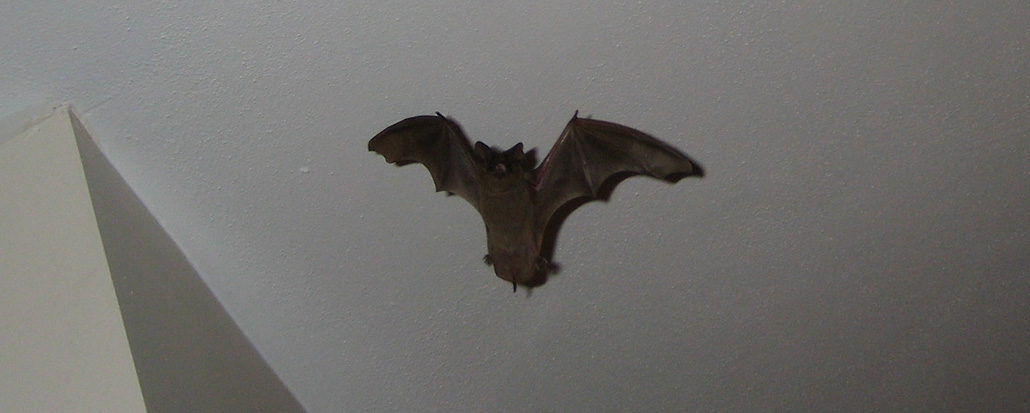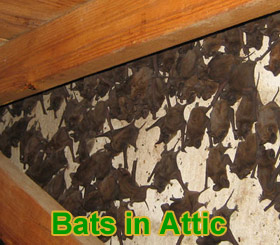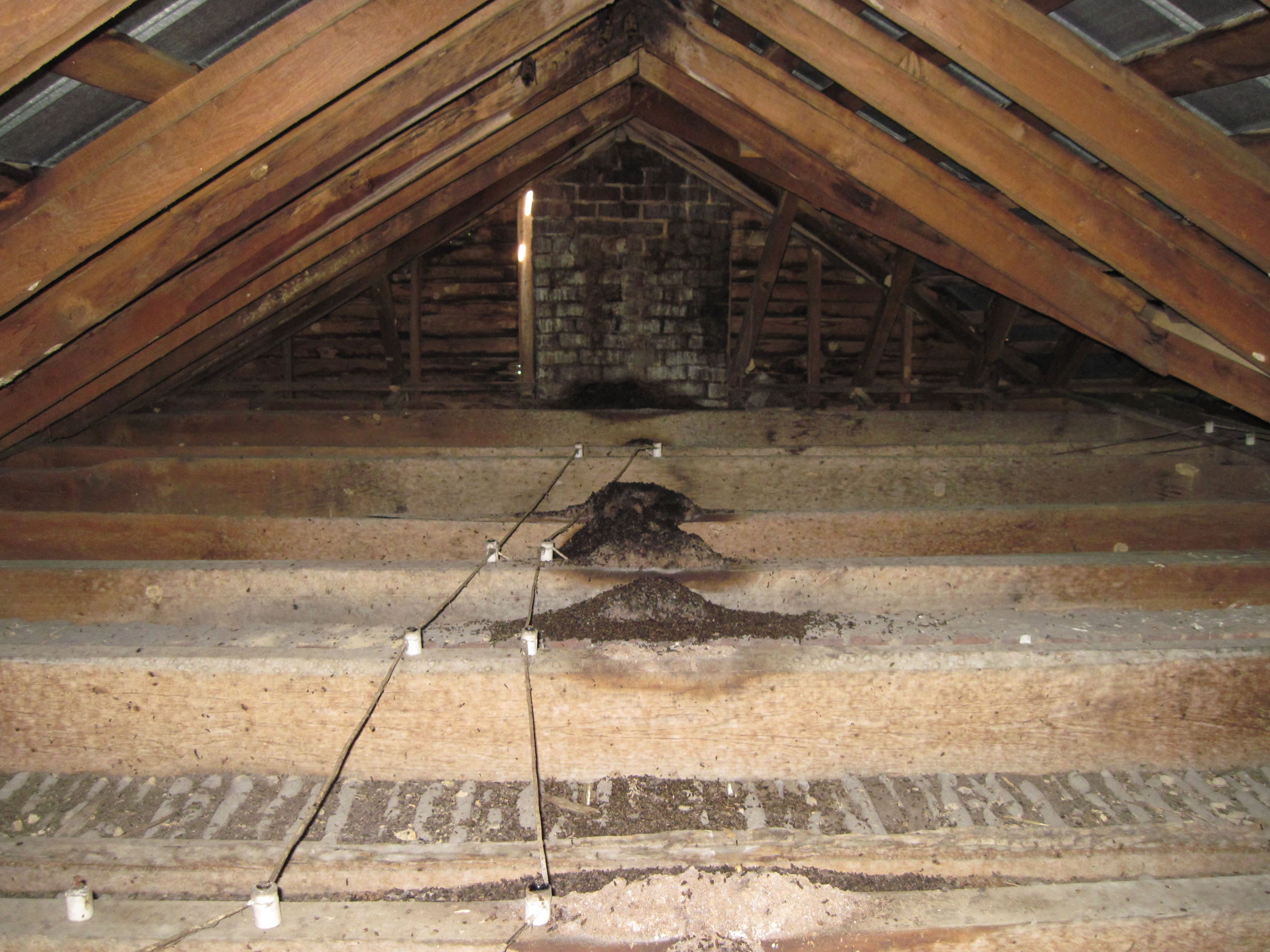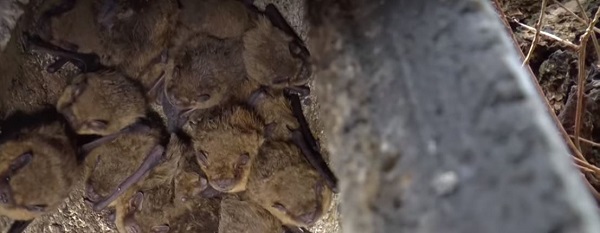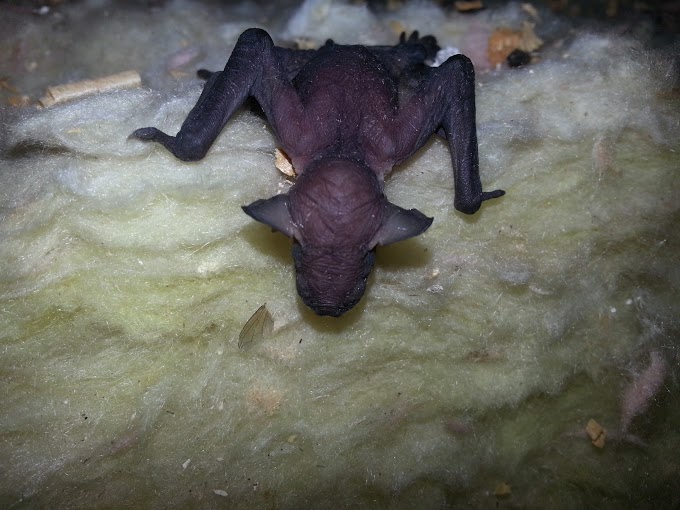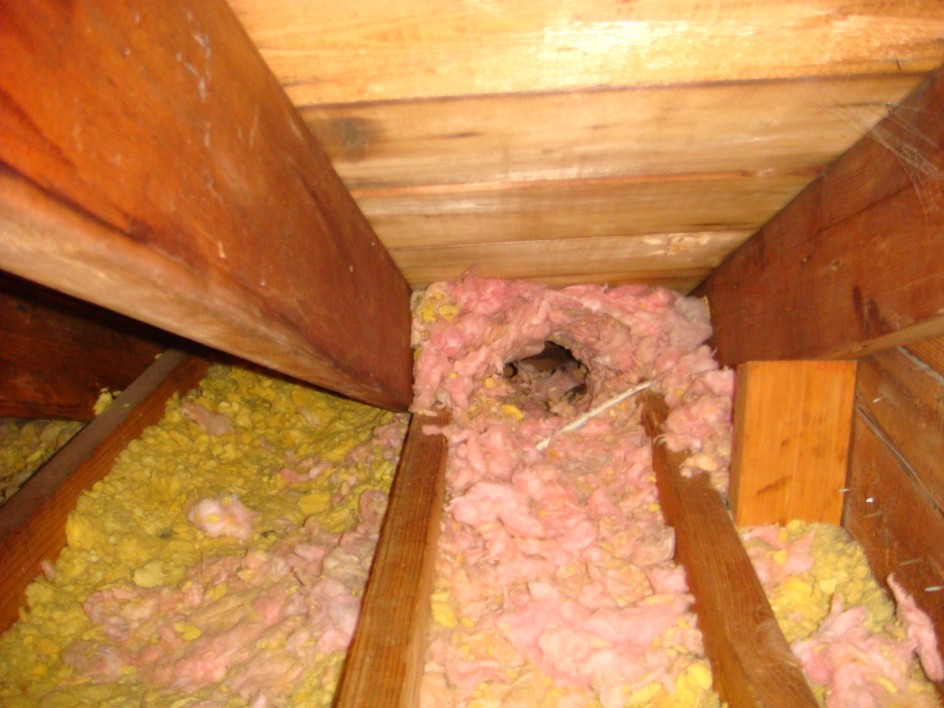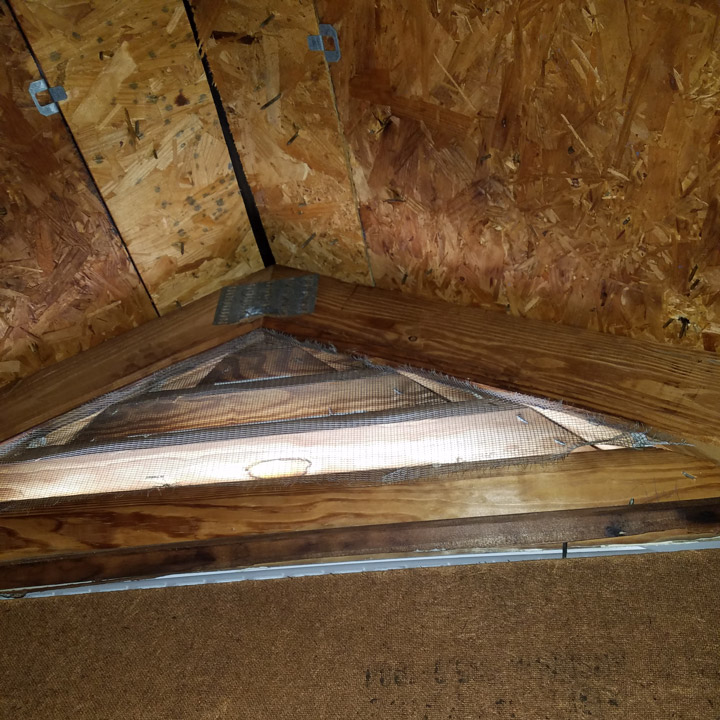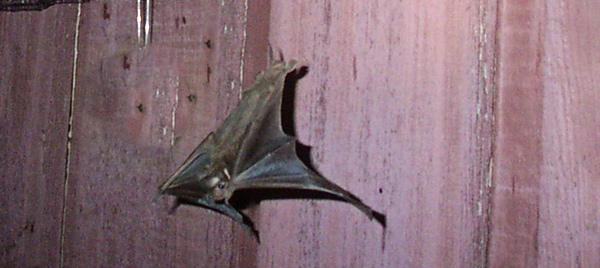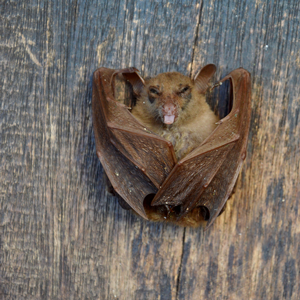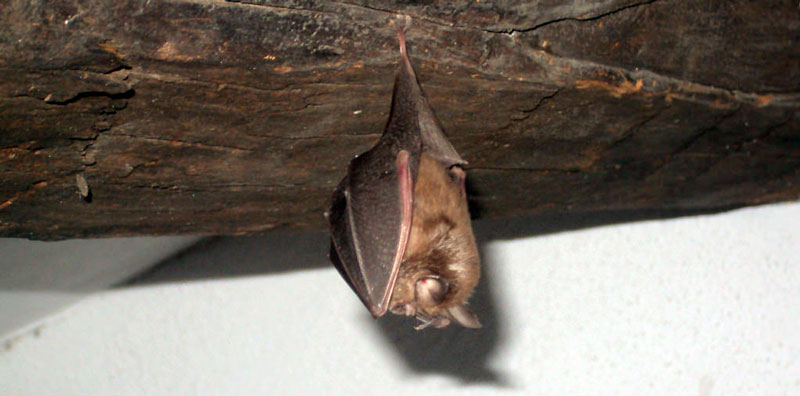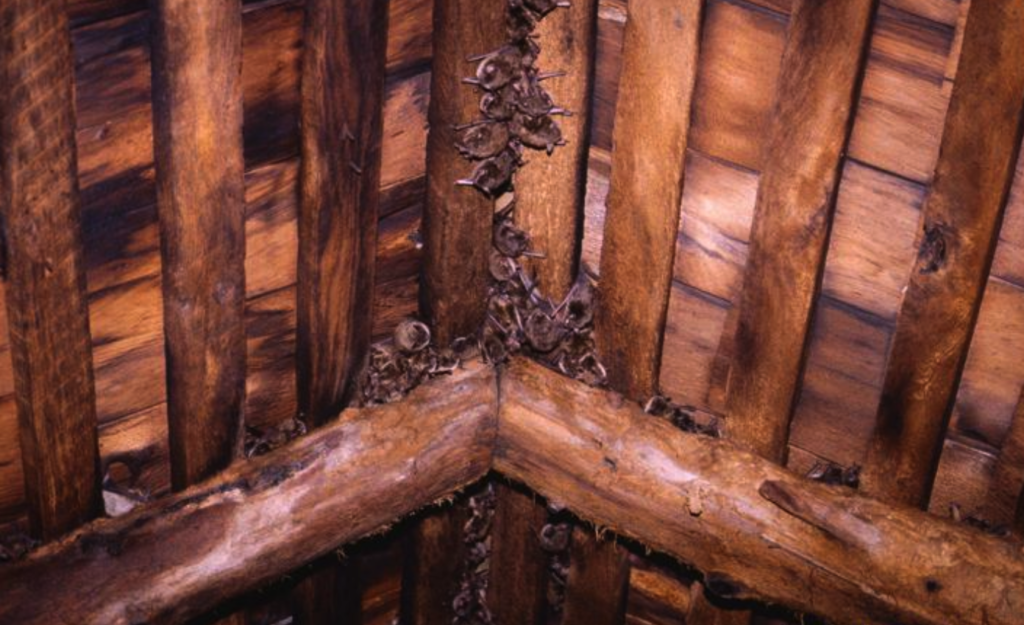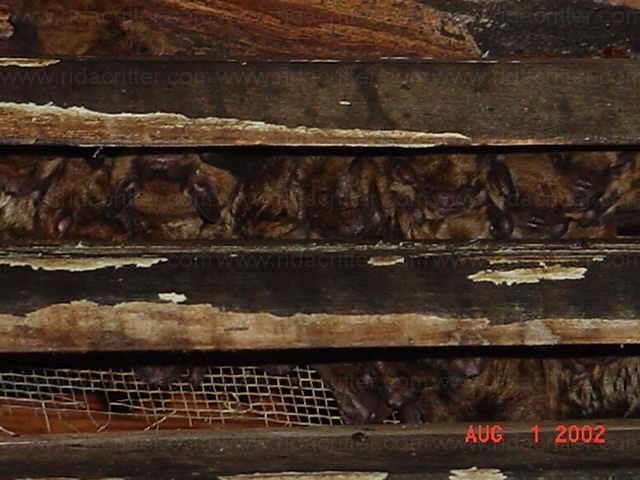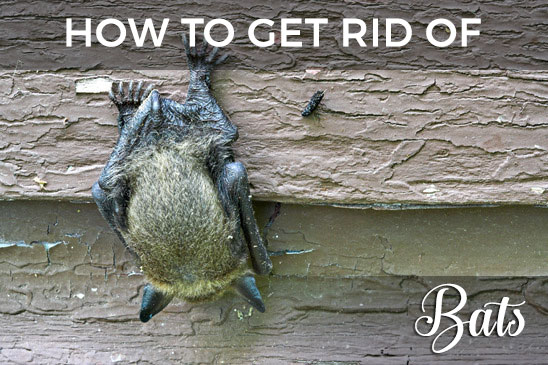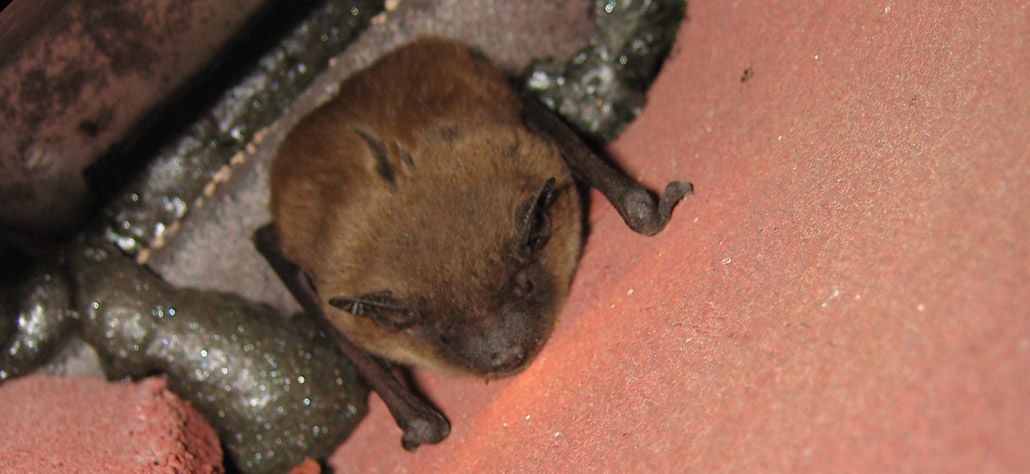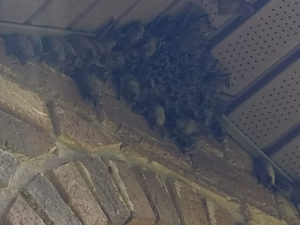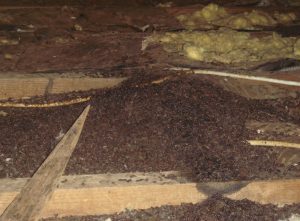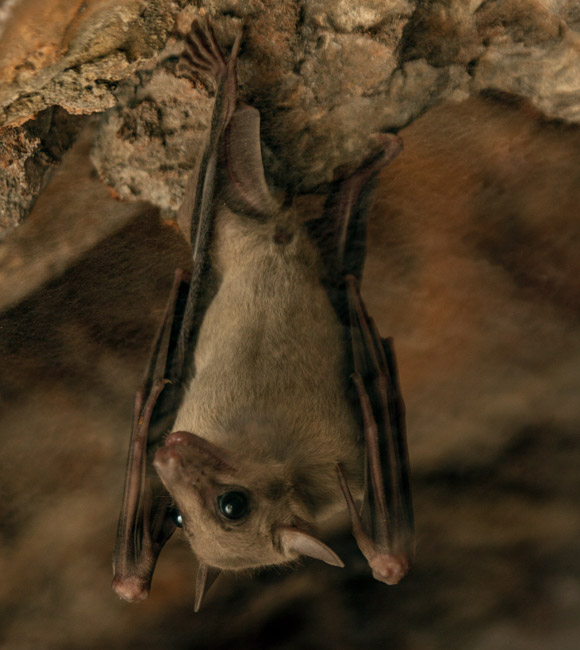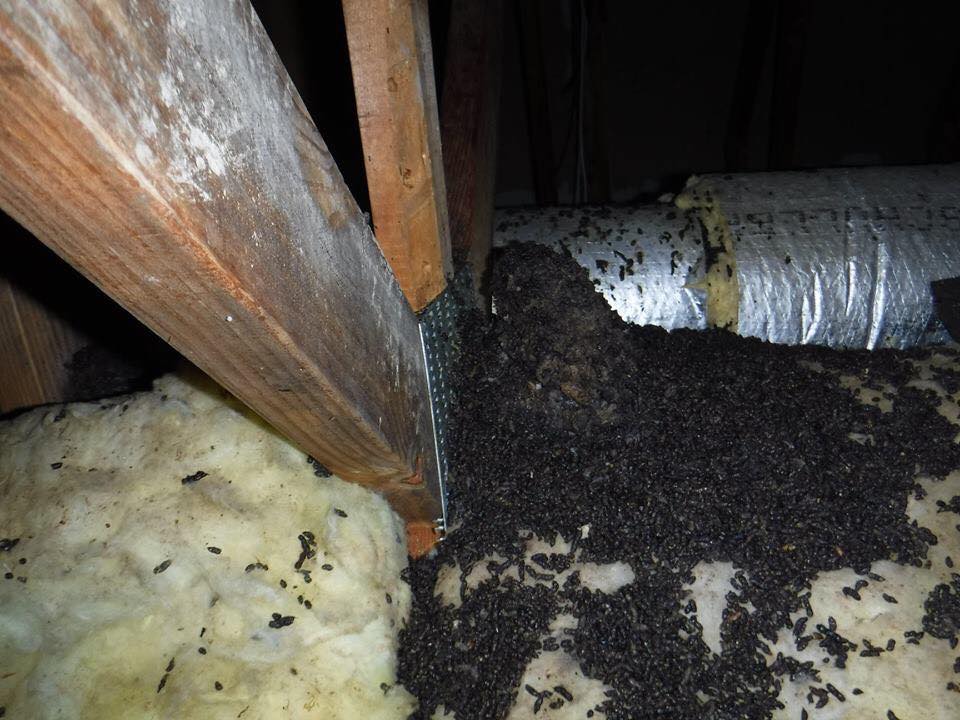Bat Nest In Attic
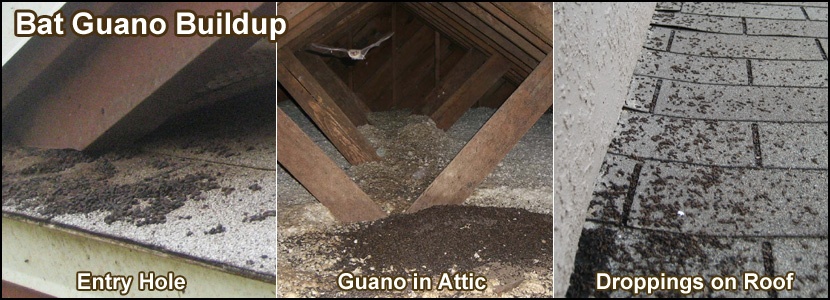
Bats generally roost in high places such as attics.
Bat nest in attic. Getting them to leave and not allowing them back in. Control of bats roosting in attics or voids in buildings means exclusion. Moth balls ultrasonic sound ammonia bright lights or strobe lights sealing off the attic traps. There are special one way bat valves and netting systems that can do just that.
You ve heard bats fluttering in your walls bats tend to be very quiet mammals. You see bat guano bat droppings around your home bat guano is dark coloured and pebbly and it accumulates in and around your home whenever there s a bat infestation. If it gets colder than that the bats in the attic will migrate out allowing you to seal up cracks and other entry points once they leave for the season. Bats like the temperature and setting.
They cluster in the attic and the mother knows where to find her own. They can enter a house through a hole as small as 5 8 inch often near chimney flashing and under eaves. Any opening of half an inch or greater is all a bat needs for entry. Indoor roosting sites could include attic space a barn roof voids porch eaves and even storm drains.
But occasionally a bat will follow a wall cavity or pipe looking for space to sleep as well. Yes if you have a bat infestation or even just what you think are a few bats in your attic there are young. Unfortunately keeping the mother bat from her young in summer would mean the young would soon die. Some of the common try it yourself methods you ll find on the internet are.
Each female bat gives birth to just one baby. Bat colonies tend to roost in places that are up high like an attic. Bats in the cities are moving in the attics in abandoned buildings and they can get into the apartments. Bat nest in attic nest of baby bats.
It s a fungus that people can get from breathing in spores in the air outdoor or inside. Outdoor settings mean caves hollowed spaces in trees mine tunnels and under bridges. In the absence of shelter in nature they search for food or a place to live. That s the reason bats enter the attic.
If you live in an area with mild temperatures throughout the year the bats will stay year round. They sometimes travel through walls or pipes looking for spaces to live. Bats are used to live very close to the people. Bats don t really have a nest.
Will a bat have a nest of babies in the attic. It s usually found in accumulated in piles around their entry and exit points and is one of the sure signs they live in your attic. Bats will hibernate in the winter if the temperature stays at around 35 to 40 f.
